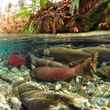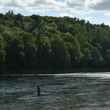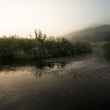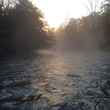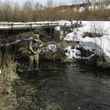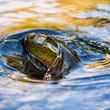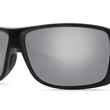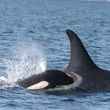The EPA has extended the public comment period regarding whether large-scale open-pit mining should take place in Bristol Bay, Alaska. The EPA had been scheduled to close today the currently open comment period that began shortly after the release of its updated risk assessment regarding mining in the Bristol Bay region, but has now extended that comment period an additional month, through June 30th, 2013. The updated EPA risk assessment, released late last month, paints a grim picture for the wild salmon of Bristol Bay should an accident -- common in mining operations -- occur during mining activity. Even without a mining accident, the assessment indicates that construction of a mine at the site of the Pebble deposit would destroy almost 30 miles of salmon streams and rivers as well as almost 5,000 acres of wetland habitat.
The foreign corporate entity that is currently exploring mining the Pebble deposit, the Pebble Limited Partnership (PLP), recently released a statement providing information on the number of jobs that would be created if a mine were to go forward. The statement was sharply criticized by organizations such as Trout Unlimited. Trout Unlimited Alaska Director Tim Bristol noted, "Pebble consistently claims they don’t have a mine plan so it’s hard to comment on a study that makes up job creation numbers based on a phantom mine. If Pebble wants to engage in this debate, they need to admit they have a plan and share it with the public.”





